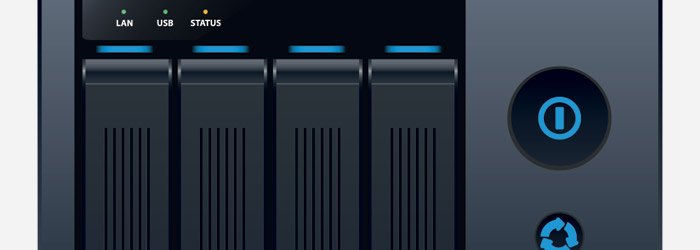To safeguard a company’s strategic data, several devices are available, among them the NAS server. This physical server allows to store a large amount of data, to prevent their possible loss and to access them remotely. How does a NAS server work? Here are some explanations.

NAS server, what is it?
The Network Attached Storage or NAS is a external physical server composed of one or more hard disks of varying sizes. It is presented in the form of a large box. It is easy to set up for a company, as it is easy to connect it to its data-processing network in order to be able to load there files of all kinds (video, text, image, sound?) and to consult them with leisure, while posting like technical advantage to be relatively robust vis-a-vis the possible breakdowns.
The NAS server works autonomously The NAS server works autonomously, as it has its own operating system, which means that in the event of a computer failure on the company network, the data will not be damaged because the NAS works in parallel, autonomously.
Simple, convenient and cost-effective operation
A NAS server is branch as an extension of the company’s server, or the server of the company’s Internet provider. It is possible to understand its mode of operation and connection to the company by drawing a parallel with a domestic installation, at home: in this case, the NAS is connected to the back of the Internet box.
A NAS server is also equipped with one or more hard disks and is connected to the various employee workstations of a company that have a unlimited access at any time of the day. And from anywhere as well because the NAS server offers a total availability, running 24/7.
If the company has its own server hosted on its premises. The NAS server can then be connected to the various computers via an Ethernet cable in particular. This mode of operation is all the more advantageous as it is possible to access the data stored from different types of terminals: PC, laptop, smartphone, tablet …
The NAS server is a secure network to which one reaches via an authorization beforehand established by the provider, by informing for example an identifier and a password. It uses the Internet network but can also function in local network, and the WIFI network makes it possible to reach it remotely.
|
In summary, the NAS server allows to:
|


